Crape myrtles are becoming a popular tree for homeowners because of their beautiful colors and low maintenance. But what happens when the leaves turn black? This blog post will answer that question, as well as how to prevent it from happening in the future.
Why Is My Crape Myrtle Turning Black?
Your crape myrtle is turning black because of sooty mold, which is an airborne fungal disease that sticks to the honeydew left on your leaves by insects.
Sooty mold can be treated with an insecticide that specifically targets leaf-eating insects like aphids, whiteflies, and scales.
There’s also a variety of organic remedies for this problem including horticultural oils (such as neem oil), insecticidal soaps, and baking soda. Keep reading to learn more.
It’s not harmful to you or your crape myrtle, but the affected leaves will eventually fall off and it could ruin the appearance of your tree.
How to Remove Sooty Mold From My Crape Myrtle?
If you already have sooty mold on your tree, spray it with a baking soda solution to remove the mold on the leaves. With a bit of effort, you can keep your myrtle in good health and make it look beautiful.
This baking soda spray is a natural fungicide that will not harm your crape myrtle, but it can be harmful to fish and aquatic life, so be careful if you have a pond nearby.
I start by mixing one tablespoon of baking soda with dish soap and one gallon of water.
Put the solution into your garden sprayer and use clean gloves to do the initial spraying on the crape myrtle leaves that are affected by sooty mold to remove as much black fungus as possible.
Next, use a cloth to remove the mold from the leaves. Make sure to remove all fungus spores to prevent re-growth.
You can repeat the process once every two weeks to prevent sooty mold from forming again. Using neem oil as a finishing touch may be a good idea if you are worried about the re-growth of the mold.
How to Prevent Sooty Mold From Forming on My Crape Myrtle?
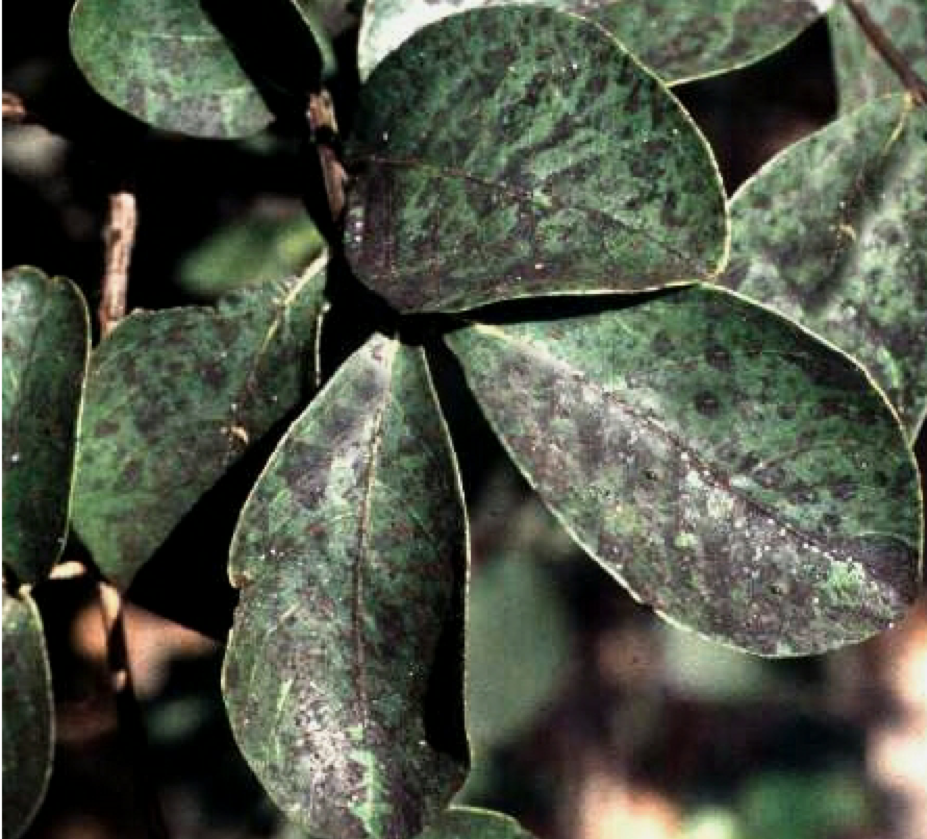
To prevent sooty mold from spreading on your crape myrtle, keep the leaves dry and remove all insects. The good news is that the sooty mold is easier to prevent than it is to control.
This is why I recommend stopping it from happening in the first place! The most important thing to do is not to create an environment where fungus can thrive.
Fungus thrives on moisture, so make sure your plant doesn’t have wet leaves or be left standing in water. I recommend allowing air to flow through the branches and pruning any leaves that might be blocking a breeze. Watering can even cause yellow crape myrtle leaves too!
It’s also important to stop insect infections as early as you can. This means regularly inspecting the leaves to remove any aphids, scale insects, or mealybugs.
With a bit of effort and persistence, you can easily prevent sooty mold from developing on your crape myrtle tree!
What Is Black Sooty Mold?
Black sooty mold is a fungus that sticks to the honeydew left on leaves by insects.
It’s not harmful, but it could ruin the appearance of your crape myrtle and make it look unkempt. In fact, sooty mold is more of an annoyance than a danger.
Crape myrtles can get sooty mold from being in moist, humid conditions with little airflow. It’s most common during the summer and fall months when there are lots of insects around to leave honeydew on your leaves.
What Does a Crape Myrtle with Sooty Mold Look Like?
A crape myrtle with sooty mold will have black fungal dots on the leaves and bark. It will look like dark soot has been deposited on the leaves, stems, and flowers.
The mold may be thick enough to cover some of your crape myrtle’s leaves entirely with black spots.
It looks unappealing and definitely ruins the appearance of your tree. This is why it’s so important to take steps to prevent it from happening in the first place!
Conclusion
In conclusion, crape myrtles can get sooty mold from being in moist, humid conditions with little airflow.
It’s most common during the summer and fall months when there are lots of insects around to leave honeydew on your leaves. If that happens, take a look at this blog post for steps you can take to remove it!
Also, be sure to check for insects and inspect the crape myrtle leaves regularly. This will help you prevent sooty mold from forming in the first place!
I hope this blog post was helpful and you now know how to deal with a black crape myrtle.
Tim is an avid gardener from the UK. He was the founder of PlantCarer.com from 2021 to Sep 2023. He sold PlantCarer.com to Aaron. He has since started his own business called Seed To Supper, which provides new gardeners all the materials you need in a box (pots, seeds, compost and instructions) to grow your own delicious and nutritious vegetables and herbs from start to finish – no garden required.




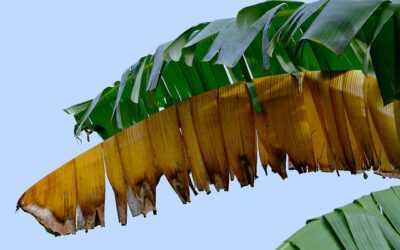

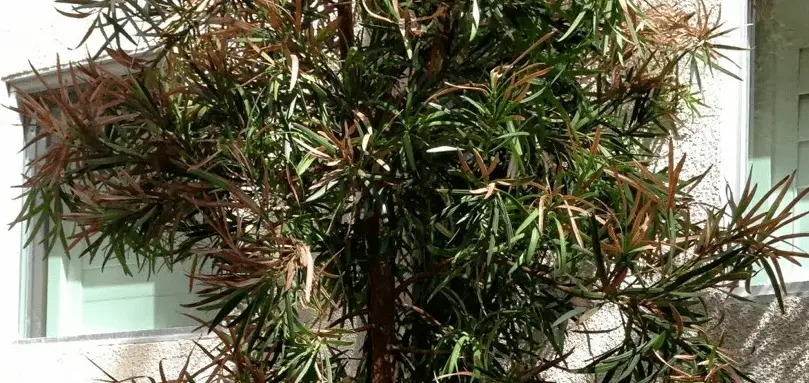
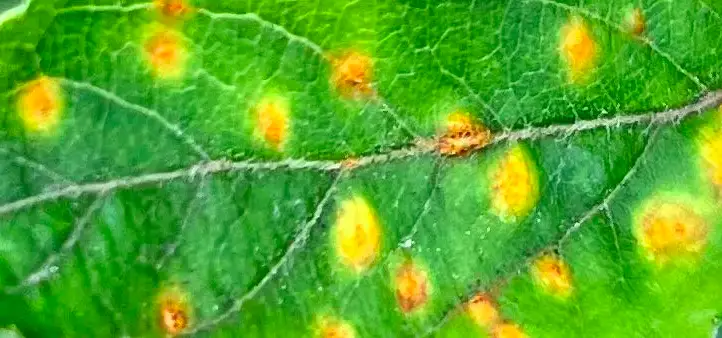
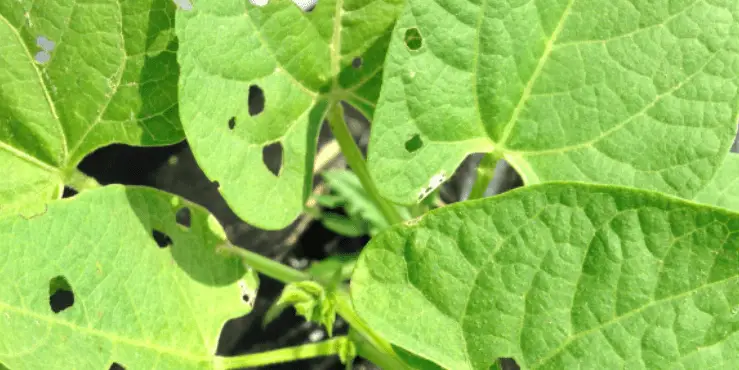
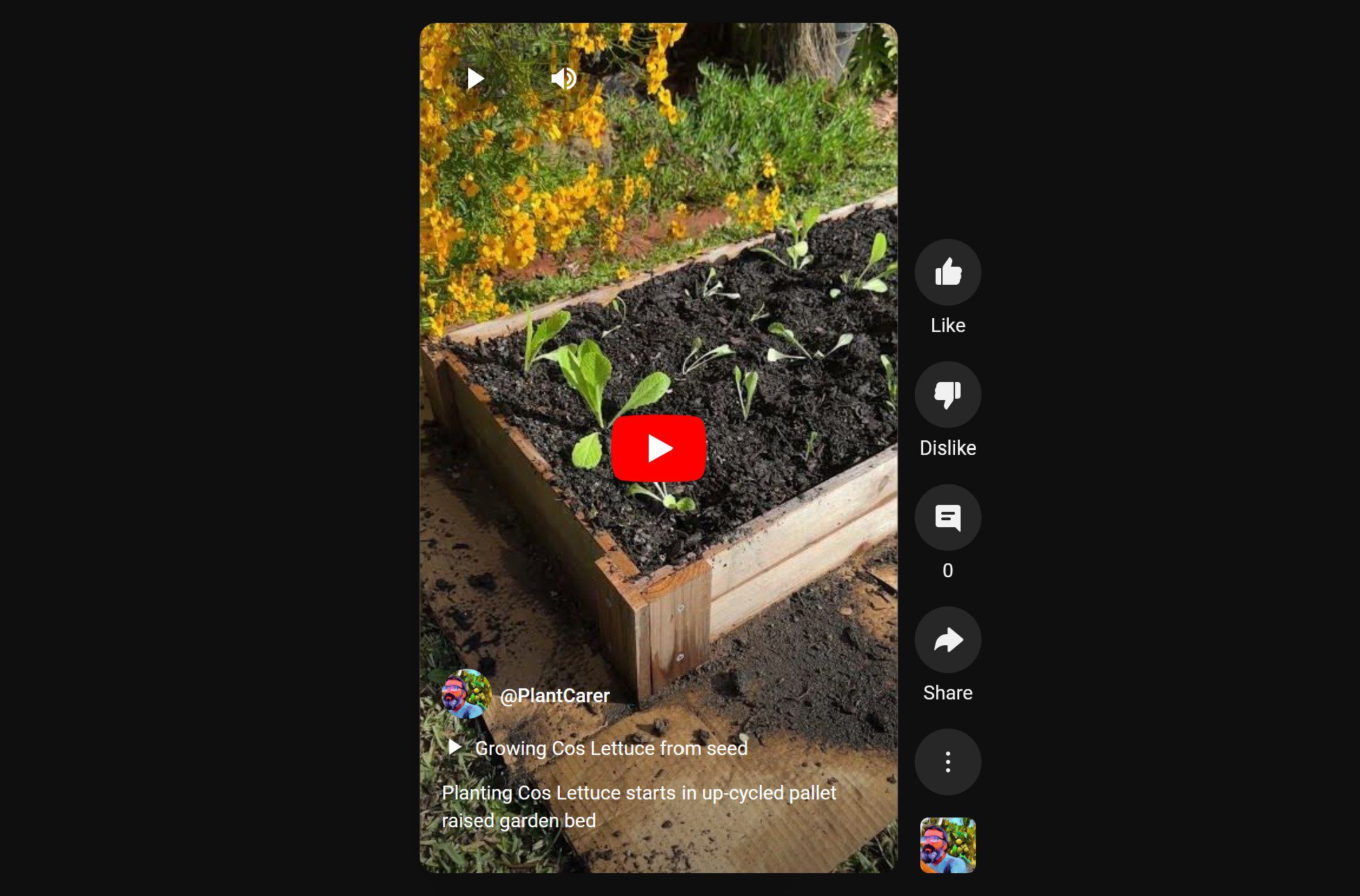
0 Comments